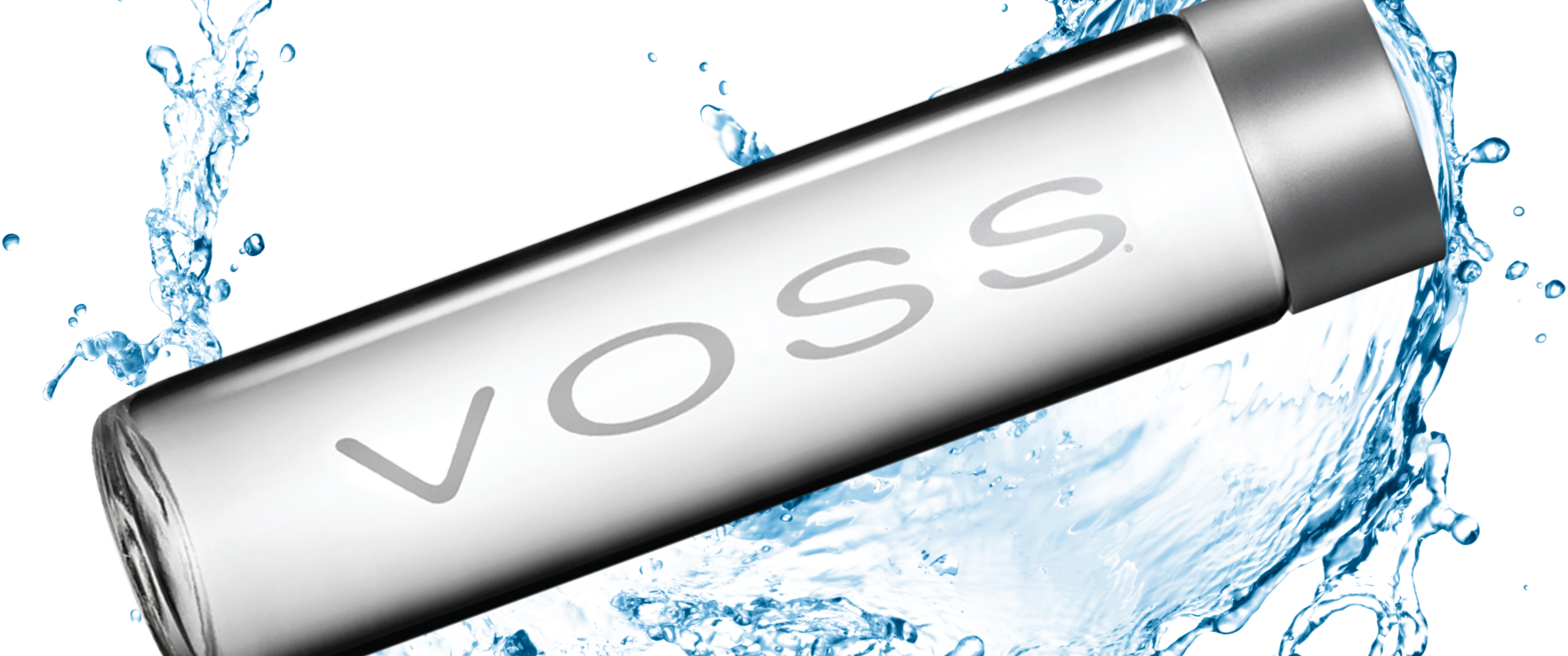1. Introduction
1.1 Purpose
The purpose of this document is to establish guidelines and direction applicable for the storage, distribution, and delivery phases of VOSS brand products.
1.2 General
This document, obtained from a VOSS representative, must be provided, and be made available to any person(s) responsible for overseeing the storage, preservation, and distribution of VOSS.
1.3 Background
At VOSS, we pride ourselves on the quality of our water and we are proud that you, our partners, can too. For this reason, storage and preservation measures are insurmountable for maintaining the quality our consumers expect and demand.
Experience and research have shown that improper storage conditions, at any point during the product’s supply chain, is the most common cause of compromised quality. This impacted quality can happen at any point from during production, export, and import, to storage at the distributor/retailer/restaurant/hotel, or the end consumer level.
2. Storage
2.1 General
Upon receipt of our products, the consignee and/or buyers warehouse staff must physically check the cargo for damage from transportation. If transport damage is discovered, the consignee / buyer organization must immediately alert VOSS.
The consignee and/or buyer is solely responsible for the care and treatment of our branded products during their ownership of the product. The consignee and/or buyer is entirely responsible for maintaining the standard of care of our products, as outlined here within the VOSS Storage and Preservation Procedure.
2.2 Storage Conditions
Upon receipt of VOSS brand products, the receiver must offload, inspect the quality and integrity of the cargo, and be placed into storage within an acceptable timeframe suitable for food grade products, outlined here within.
Moisture and humidity may cause mildew and mold to form on the corrugate. While this shouldn’t directly affect the quality of the water in the sealed bottles, it will affect the integrity and durability of the boxes and pallet.
Exposure to extreme heat and cold will directly affect the quality of the water itself. VOSS required storage conditions:
- VOSS must be stored in a temperature-controlled, indoor storage facility.
- VOSS must be stored in a dry and well-ventilated area.
- Cases must be stored upright.
- Bottles must not be stored under UV (ultraviolet) light
Pallet Stacking:
- Recommended: double stack (2)
- Must not exceed triple stack (3)
2.3 Preservation Temperature
Storage and preservation temperature conditions for VOSS brand products must never be higher than +30°C (86°F), or ever be below -2°C (28°F).
VOSS required and recommended temperatures (C = Celsius, F = Fahrenheit)
- REQUIRED MAX: Temperature must be no higher than 30°C (86°F)
- RECOMMENDED MAX: Temperature should be no higher than 20°C (68°F)
- RECOMMENDED MIN: Temperature must not be below 4°C (39°F)
- REQUIRED MIN: Temperature should not be below -2°C (28°F)
Long term storage should be in the range between 10 to 16°C (50 to 60°F)
Due to VOSS Sparkling lightly carbonated nature; short periods of +10 degrees variation, or prolonged periods of +2 degrees variation can lead to the following:
- The integrity and position of the bottle closure may lead to the introduction of air and foreign objects into the bottle, potentially causing minerality hazing.
- The escape the CO2 in VOSS Sparkling varieties (Flat or low sparkling)
Heaters should be deployed between, or below, 0 – 4 Celsius, to avoid freezing. Prolonged exposure of glass bottles to temperatures below minimum value increases the probability and risk of compromising bottle integrity.
Preservation must be checked daily, or weekly at the minimum and all anomalies must be rectified and communicated to VOSS in a timely manner.
